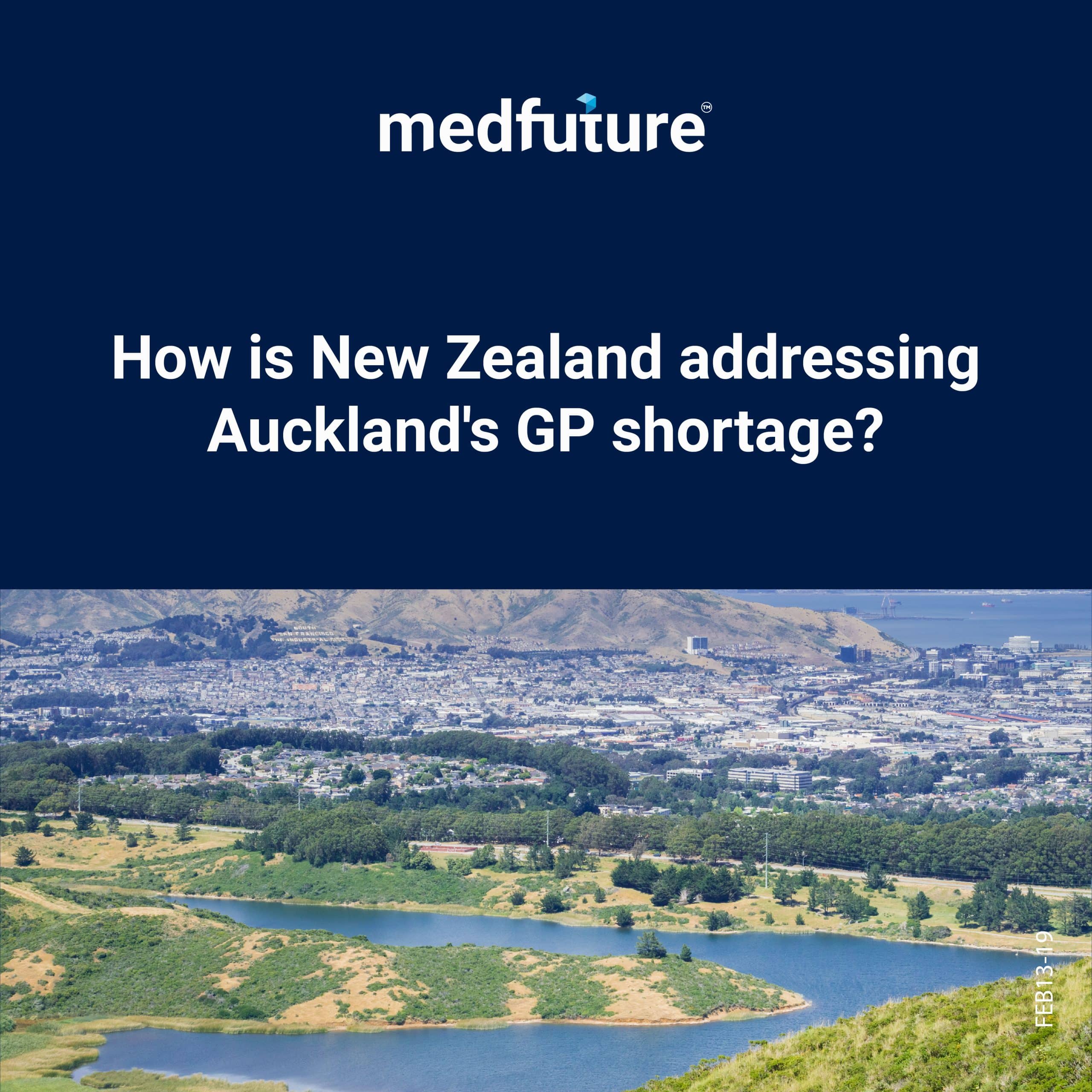The Situation today!
A parliamentary committee received a letter from the AMA alerting them to the fact that there would be at least 106 vacant junior medical officer positions in South Australia 2023.
It specifies that the figure solely includes general trainees and excludes positions related to certified medical officers.
According to the SA Salaried Medical Officers Association (SASMOA), if the government doesn’t “make life more attractive” for junior physicians, there may be as many as 190 trainee vacancies by the end of this year (2023).
It happens at a time when other jurisdictions, like Victoria, are luring foreign trainee doctors to their hospitals with short-term incentives worth up to AU$13,000, and the AMA and SASMOA are urging South Australia to follow suit.
Although the state government has made financial announcements for a variety of programmes, Dr. Michelle Atchison, president of the AMA questioned how South Australia will manage to draw in enough workers given that the state’s junior doctor EBA (Enterprise Bargaining Agreement) is not competitive when compared to other states.
States like Tasmania and Victoria are providing appealing incentives to physicians from overseas. Incentives like these may restrict international medical graduates from coming to the state, which puts more strain on the current workforce, and they also deprive South Australia of the best talent available on the global stage.
Junior medical officers are paid between AU$ 77,084 and AU$135,949 annually by SA Health, while senior medical officers are paid between AU$ 140,153 and AU$207,588.
Tasmania, in contrast, pays junior medical officers AU$75,315 to AU$89,709 annually, although it also provides financial incentives to entice foreign graduates to work in its institutions.
According to SASMOA Chief Industrial Officer Bernadette Mulholland, South Australia is currently in competition to draw in a pool of future medical professionals on both a national and worldwide scale.
Medfuture can help address this situation for we have a wide candidate base.
Impact on the healthcare delivery!
Longer Wait Times:
The longest wait times for treatments and appointments in the medical field are among the most obvious consequences. When patients need medical attention more quickly than the workforce can supply it, they frequently encounter delays in receiving timely care. For those who require immediate medical attention, this may result in difficulties.
Healthcare Facilities Overworked:
Because of the physician crisis, healthcare facilities—from hospitals to community clinics—find themselves overworked and understaffed. This pressure can impair healthcare organisations’ effectiveness, making it difficult for them to satisfy the demands of an expanding patient base and deliver high-quality treatment.
Increasing the workload for current employees
The current medical personnel are under more pressure due to the shortfall. Available physicians can end up taking on more cases, putting in more hours, and becoming burned out. This may jeopardise the quality of care that medical personnel can offer in addition to having an impact on their well-being.
Restricted Accessibility to Expert Services:
The scarcity may disproportionately impact some medical specialisations, which would restrict the availability of specialist services. Patients who need specialised care could have to travel farther to get it, which would make things more difficult for individuals who live in rural or isolated places.
Effects on Primary and Preventive Care:
The provision of basic care and preventative treatments may be hampered by the physician shortage. The management of routine check-ups, health screenings, and early interventions becomes increasingly challenging, which may eventually lead to delayed diagnosis and higher healthcare expenses.
Urban-Rural Divides:
The lack of doctors in rural and isolated locations sometimes exacerbates the already-existing healthcare inequalities between urban and rural populations. Accessing prompt and complete medical treatment may provide extra challenges for residents in these underdeveloped areas.
Government Initiatives – Steps taken to address the matter!
Incentive Schemes:
To incentivise physicians to work in underprivileged areas—particularly in rural and isolated locations where the shortage is frequently more severe—the government has established incentive schemes. To entice healthcare workers to these regions, these incentives could include cash bonuses, loan repayment plans, and other benefits.
Extension of Programmes for Medical Education:
In an attempt to boost the number of physicians with local training, efforts have been undertaken to broaden medical education programmes. This entails working with academic institutions to improve medical schools’ capability and generate a greater number of competent professionals to fulfil the expanding need.
Assistance for Foreign Medical Graduates (IMGs):
The government has put policies in place to make it easier for foreign medical graduates (IMGs) to enter the healthcare industry since it recognises how important they are in alleviating shortages. This entails expediting the accreditation procedures, assisting physicians with training from elsewhere to fulfil local requirements, and assimilating them into the medical community.
Purchasing Training Facilities:
To assist medical education and training, the government has made investments in the construction of training facilities and infrastructure. Funding for teaching hospitals, simulation centres, and other establishments that support medical practitioners’ education and career advancement falls under this category.
Digital health solutions and telehealth:
The government has encouraged the use of telehealth and digital health solutions because it recognises the potential of technology to improve the delivery of healthcare. This makes it possible for physicians to work remotely, enhancing access to medical care—particularly in places where there is a scarcity.
Strategies for Workforce Planning and Recruitment:
To determine which regions, have the greatest need for doctors, government organisations participate in thorough workforce planning. Subsequently, recruitment tactics are customised to tackle these particular shortages, considering regional healthcare needs and demographic shifts.
Future Outlook – Addressing the shortage
Financing Medical Education
The long-term answer is for ongoing funding for medical education initiatives. This entails boosting research and innovation in healthcare education, assisting with the construction of new training facilities, and increasing the capacity of medical schools.
Programmes for Residency and Opportunities for Training:
Maintaining medical graduates in the area requires a large number of residency programmes and postgraduate training options. The healthcare system can solve shortages in particular medical specialties and retain a trained staff by providing a clear path for career advancement and specialisation.
Strategies for International Recruitment:
International hiring practices might still be a component of the answer. Governments may look for ways to draw in competent foreign medical graduates, guaranteeing a workforce that is both diverse and skilled to fulfil the changing needs of the public in terms of healthcare.
Participation in Community and Advocacy:
A shared responsibility for the population’s health can be established by including the community in planning and holding talks about healthcare requirements. Community advocacy has the power to mobilise support for healthcare projects and emphasise how critical it is to address the shortage of doctors.
Conclusion
One pressing issue that needs to be addressed right away is South Australia’s growing physician shortage. Long-term, deliberate solutions are needed. The effects of this shortfall are felt throughout the healthcare system, impacting community well-being, patient access, and care quality. As we look to the future, it is clear that maintaining the efficacy and integrity of the healthcare system in the area will require a proactive and cooperative approach.
South Australia has a chance to become a leader in cutting-edge healthcare solutions in the face of these obstacles. The region can not only address the current deficit but also create the groundwork for a strong, long-lasting healthcare system that meets the varied demands of its people by cultivating a resilient, flexible, and well-supported healthcare staff.
The growing scarcity of physicians is a complicated problem that calls for cooperation from governmental agencies, medical professionals, academic institutions, and the general public. South Australia can overcome this obstacle and guarantee a healthy future for all of its citizens by working together and using effective tactics.
Contact Medfuture Look to Medfuture for the best possible job vacancies and apply to the opportunities that match your skills and qualifications.





